
Sailing Catamarans
With increased stability, speed, and spaciousness, sailing catamarans are an excellent choice for comfortable and safe cruising, especially in shallow waters.Manufacturers of sailing Catamarans


The brand Alubat produces aluminum sailboats and lifting keel sailboats. There are 6 models currently in production ranging from 11 to 16 meters. The current model range includes 3 lines: CIGALE, OVNI and OVNICAT. We invite you to explore all current and older models from Alubat and contact us for sales and pricing information.
Read more >

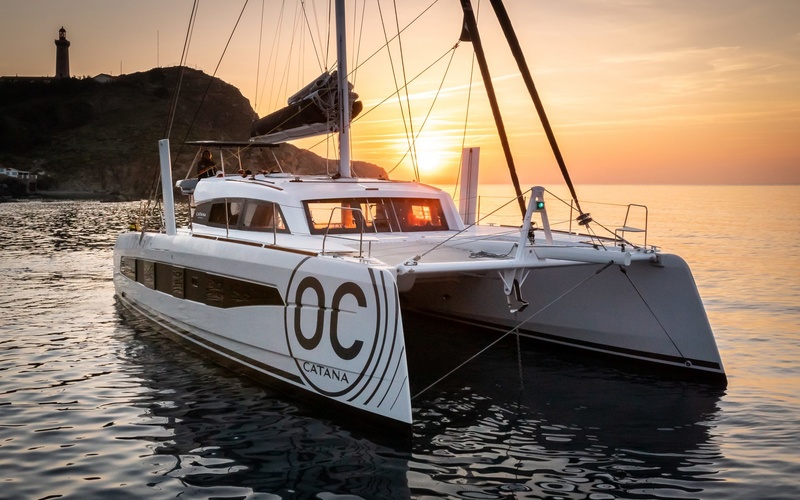

The brand Catana produces sailing catamarans and is also active in the superyacht market. There are 2 models currently in production ranging from 14 to 17 meters. We invite you to explore all current and older models from Catana and contact us for sales and pricing information.
Read more >



The brand Dufour produces aft cockpit sailboats and sailing catamarans. There are 13 models currently in production ranging from 10 to 20 meters. The current model range includes 2 lines: Catamarans and Sailing Yachts. We invite you to explore all current and older models from Dufour and contact us for sales and pricing information.
Read more >




The brand Fountaine Pajot produces power catamarans, sailing catamarans and is also active in the superyacht market. There are 12 models currently in production ranging from 11 to 24 meters. The current model range includes 2 lines: Motor Yachts and Sailing Catamarans. We invite you to explore all current and older models from Fountaine Pajot and contact us for sales and pricing information.
Read more >


The brand Garcia produces aluminum sailboats and deck saloon sailboats. There are 4 models currently in production ranging from 13 to 20 meters. The current model range includes 2 lines: Catamarans and Sailboats. We invite you to explore all current and older models from Garcia and contact us for sales and pricing information.
Read more >




The brand Gunboat produces sailing catamarans. There are 3 models currently in production ranging from 21 to 24 meters. We invite you to explore all current and older models from Gunboat and contact us for sales and pricing information.
Read more >

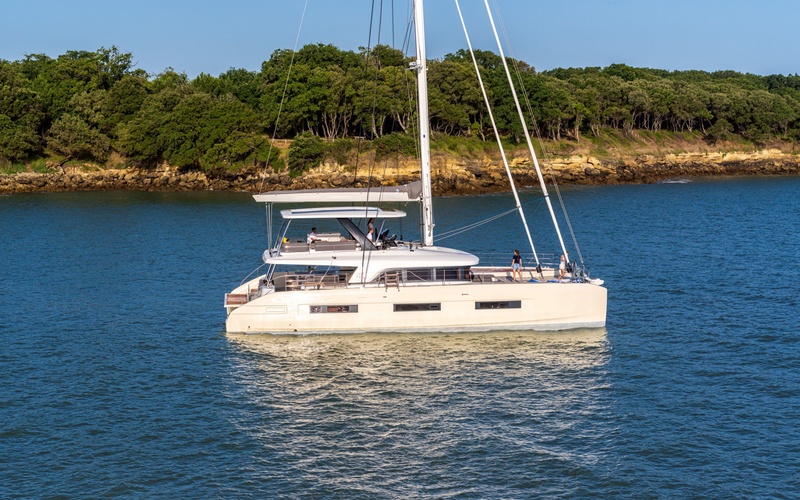


The brand Lagoon produces power catamarans, sailing catamarans and is also active in the superyacht market. There are 11 models currently in production ranging from 11 to 24 meters. The current model range includes 2 lines: Power Catamarans and Sailing Catamarans. We invite you to explore all current and older models from Lagoon and contact us for sales and pricing information.
Read more >




The brand Leopard produces power catamarans, sailing catamarans and is also active in the superyacht market. There are 6 models currently in production ranging from 12 to 17 meters. The current model range includes 2 lines: Power and Sail. We invite you to explore all current and older models from Leopard and contact us for sales and pricing information.
Read more >




The brand Nautitech produces sailing catamarans and is also active in the superyacht market. There are 3 models currently in production ranging from 11 to 15 meters. The current model range includes 1 line: Sailing. We invite you to explore all current and older models from Nautitech and contact us for sales and pricing information.
Read more >

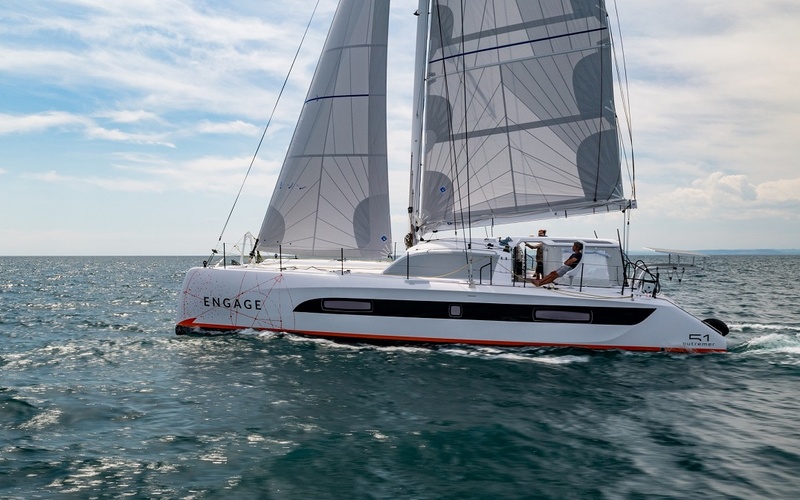


The brand Outremer produces sailing catamarans. There are 7 models currently in production ranging from 14 to 19 meters. We invite you to explore all current and older models from Outremer and contact us for sales and pricing information.
Read more >



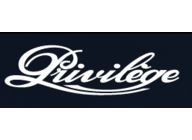
The brand Privilege produces sailing catamarans and is also active in the superyacht market. There are 4 models currently in production ranging from 17 to 23 meters. We invite you to explore all current and older models from Privilege and contact us for sales and pricing information.
Read more >

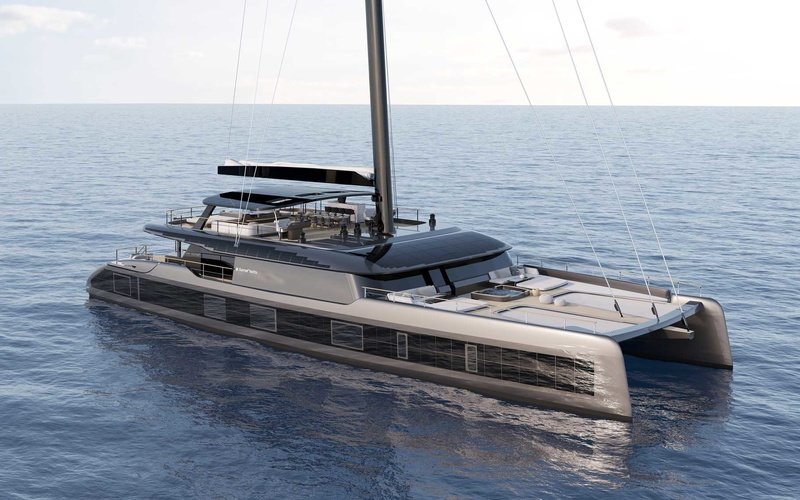


The brand Sunreef Yachts produces power catamarans, sailing catamarans and is also active in the superyacht market. There are 36 models currently in production ranging from 13 to 65 meters. The current model range includes 5 lines: Power Eco Yachts, Power Yachts, Sailing Eco Yachts, Sailing Yachts and Superyachts. We invite you to explore all current and older models from Sunreef Yachts and contact us for sales and pricing information.
Read more >
Selling Brokers Sailing Catamarans
Category Description
A catamaran is one of the most popular types of sailboats for charter.
Offering twice as much space as a monohull of the same length and being much more stable, comfort is the key advantage of a sailing catamaran. A cat can take more people on board and accommodate the crew in separate cabins.
Catamarans don’t heel at extreme angles as monohulls do because of its very wide beam and minimized contact of the hulls with water. They have reversed low-buoyancy bows, which pierce through waves and therefore reduce pitch and roll.
On the contrary, catamaran hulls are very buoyant as they are made thin with a long waterline and carry no ballast. The absence of a long and heavy ballast keel also means shallow draft.
In practice, this means that your wine glass won't fall from the galley table and your clothes and deck will stay dry in high winds.
For inexperienced sailors, a cat is probably the safest option.
How are catamarans built?
The hulls of sailing catamarans are made from composite. In some cases, the hulls are laminated in one piece, without the need for additional joining laminates and tabbing. Other builders use three separate molds for hulls and bridgedeck.
In both cases, the sandwich construction method is used, with PVC foam or balsawood squeezed between layers of laminate. The makers of high-performance sailing catamarans use carbon reinforcement on structural elements or even fully laminate their hulls with carbon to reduce weight.
The mast, made from GRP or carbon, is attached after the hull is completed. The rigging is usually supplied by a third-party manufacturer, but some shipyards make masts in-house, such as Sunreef.
What types of engines are used on catamarans?
Smaller catamaran models that don't need a powerful motor often use the so-called sail drive. Unlike the traditional shaft drive, where the motor drives the prop via a straight shaft, the sail drive setup uses a vertical intermediate shaft that goes through the bottom of the hull and connects the motor inside the boat to the prop under the bottom.
Large sailing catamarans come with straight shaft drives.
Similar categories




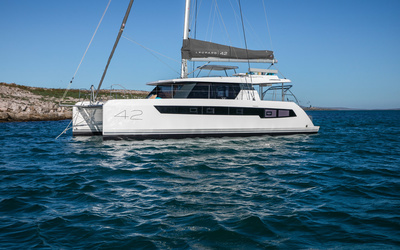






































































 61
61
 68
68
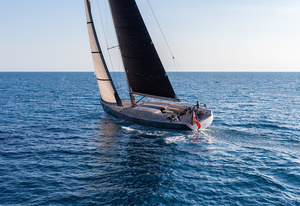 40
40
